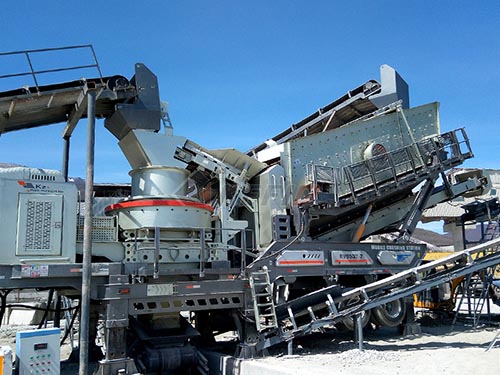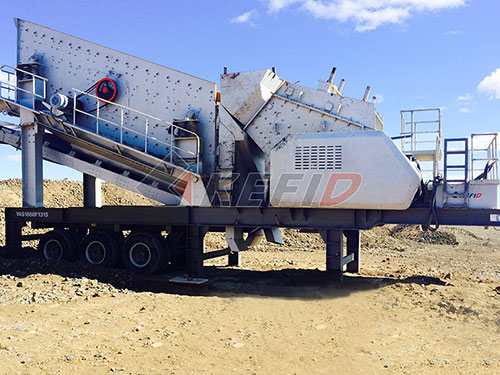Crushing Efficiency & Compliance: The US Navy’s Strategic Use of Fluorescent Bulb Crushers

The United States Navy, operating one of the world’s largest and most complex fleets across vast global territories, faces a unique environmental challenge: safely managing thousands of spent fluorescent lamps annually generated aboard ships and at shore facilities worldwide. These lamps, while energy-efficient during their lifespan, contain mercury – a potent neurotoxin regulated under strict federal (RCRA) and international (MARPOL Annex VI) environmental laws. To address this challenge efficiently, safely, and in compliance with stringent regulations, the US Navy has strategically deployed specialized Fluorescent Bulb Crushers, primarily utilizing systems like the Bulb Eater® by Air Cycle Corporation.
The Mercury Imperative
Fluorescent lamps (including linear tubes, CFLs, and HIDs) rely on a small amount of mercury vapor to produce light efficiently when electricity excites the gas within the phosphor-coated glass tube. While contained safely during operation, improper disposal upon breakage releases mercury vapor or powder into the environment or enclosed spaces like ship compartments or maintenance shops, posing significant health risks to personnel (neurological damage) and ecological harm (bioaccumulation). Traditional disposal methods – boxing whole lamps for off-site recycling or hazardous waste landfills – are logistically cumbersome aboard ships at sea and costly ashore due to transportation and high disposal fees.
The Crusher Solution: How It Works
Navy-approved fluorescent bulb crushers offer an engineered solution:
1. Contained Destruction: Units are self-contained cabinets with interlocked access doors.
2. Mechanical Crushing: Lamps are fed into a chamber where rotating blades pulverize the glass and components.
3. Mercury Capture: Simultaneously:
A powerful negative air pressure system draws all dust and vapor through a series of filters.
A primary particulate filter captures glass dust.
A secondary HEPA filter traps fine particles.
A tertiary activated carbon filter adsorbs mercury vapor effectively (>99% efficiency in certified units).
4. Safe Collection: Crushed glass debris falls into a standard 55-gallon drum lined with specially designed plastic bags that further prevent mercury release during storage and transport.
5. Volume Reduction: The crushing process achieves dramatic volume reduction – typically up to 80%, turning bulky boxes of fragile lamps into compact drums of stabilized material.

Why the US Navy Embraces Bulb Crushers
The adoption of these

Leave a Reply